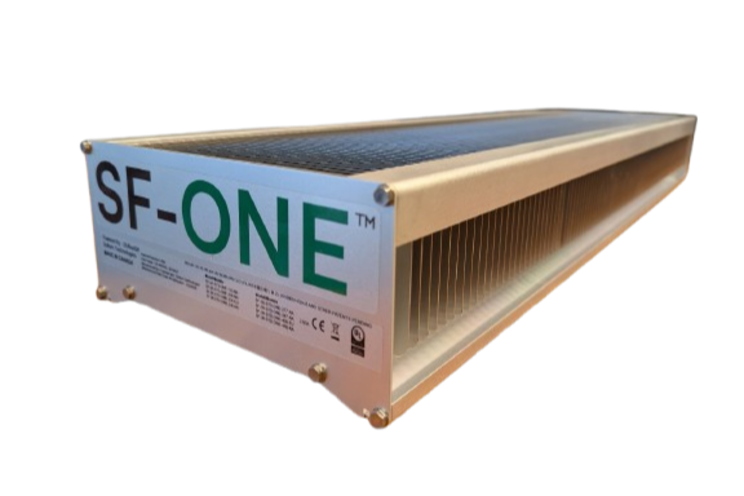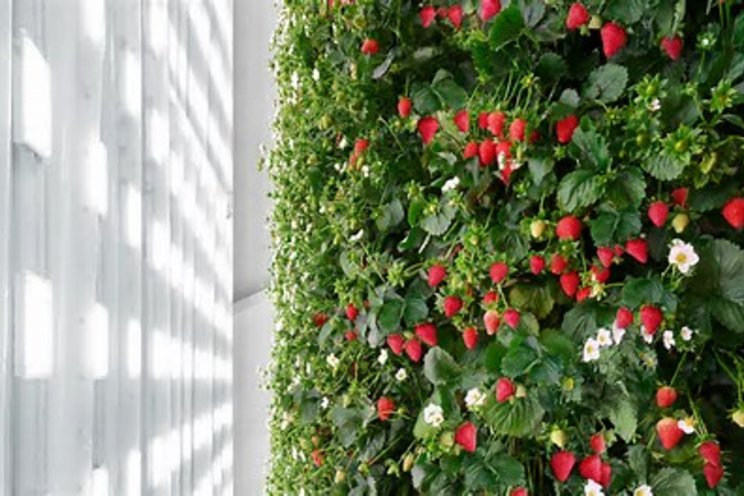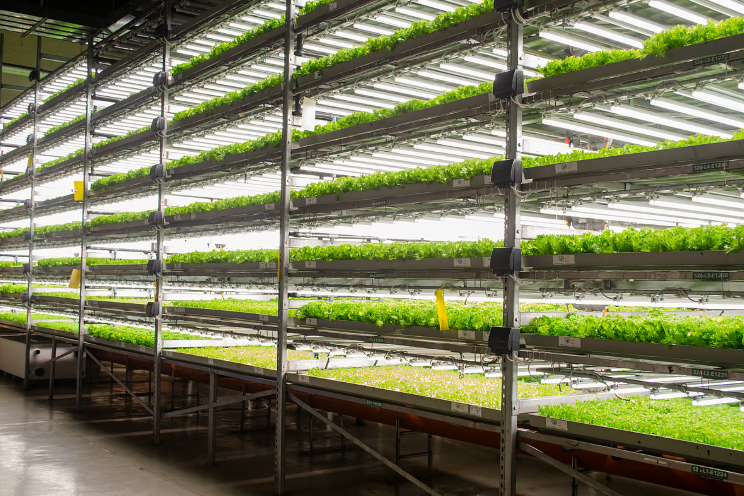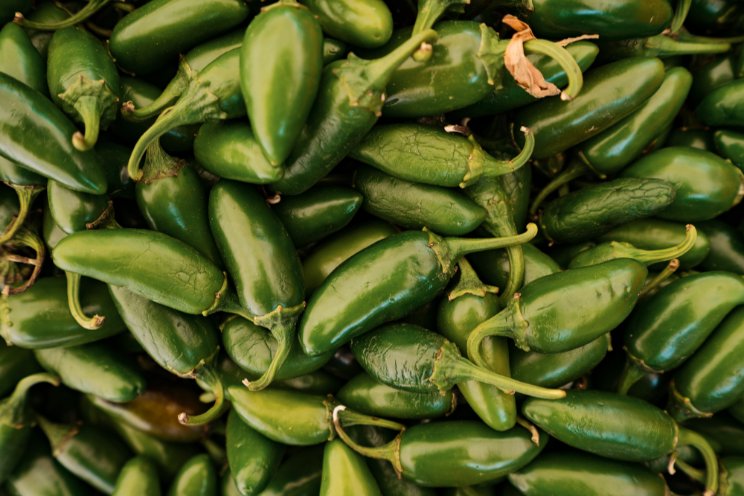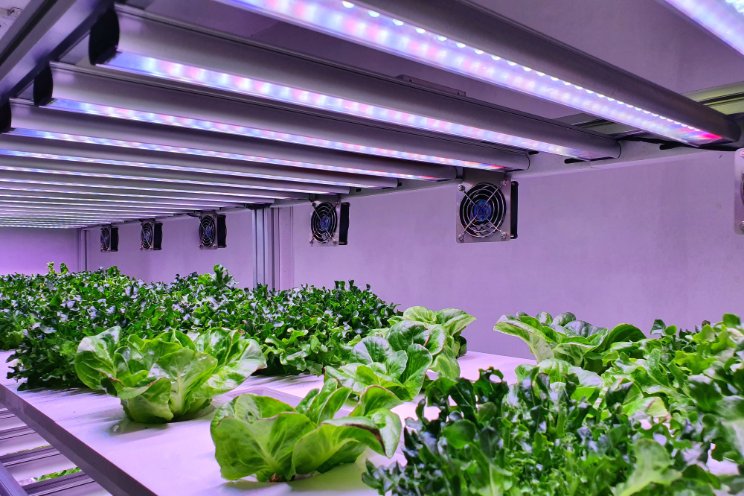Technology will be crucial to the success of VF
Added on 04 April 2023
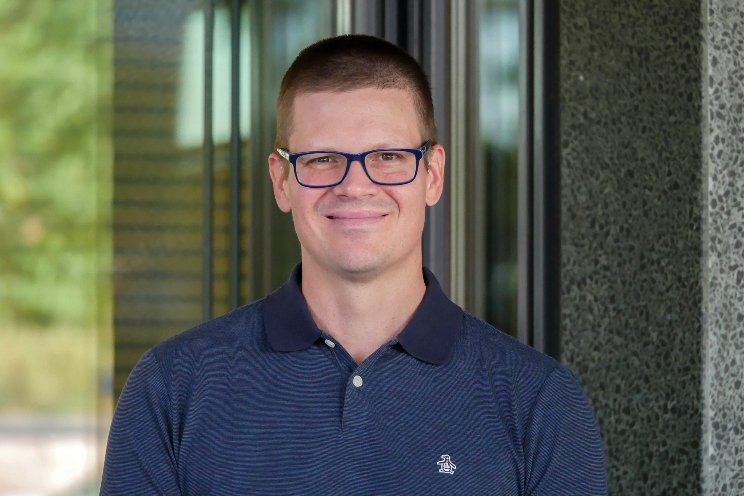
Sustainability challenges in agriculture
Outdoor agriculture (pasture and cropland) occupies around half of the planet’s habitable land, and so-called modern agricultural practices have enabled the production of increased food volumes at relatively low prices. According to the World Bank, agricultural development is one of the most powerful tools to end extreme poverty, boost shared prosperity, and feed a projected 9.7 billion people by 2050. However, it has been estimated that around 768 million people were hungry in 2021. Furthermore, agriculture, forestry, and land use change are responsible for about 25% of the greenhouse gas emissions that are driving global warming, and agriculture uses about 70% of fresh water supplies. These challenges are of course exacerbated by climate change.
In recent decades, growth in agricultural production has come with a heavy price; causing unsustainable harm to the environment and biodiversity. Intensive livestock farming causes higher levels of pollution and increases the risk of disease proliferation, and increasingly large areas of mono-cropped fields have reduced biodiversity and are frequently treated with fertilizer and agrochemicals that inflict further environmental damage. There are also increasing concerns about the effects of agriculture on soil health, with detrimental effects including erosion, pollution (nutrients and pesticides), compaction, desertification and salinisation.
Outdoor agriculture has to operate according to the seasons, which means that most crops are only available at harvest time once per year. With global food demanding 24/7 supply every day of the year, there is a heavy demand for storage and transcontinental transportation, which raises the carbon footprint of crops enormously.
Agriculture is extremely sensitive to the effects of climate change, with higher temperatures, drought, flooding and extreme weather all presenting greater risks for farmers. The food and beverage sector is therefore seeking to lower climate risk in its supply chains. This includes analysis of the carbon footprint of products, creating a requirement to reduce ‘food miles’ and encourage the consumption of locally sourced food. Dwindling water resources are also driving the need for the assessment of water footprints – again, looking to reduce climate risk in supply chains. At the same time, more than half of the world’s population now live in cities, and urbanisation continues to grow.
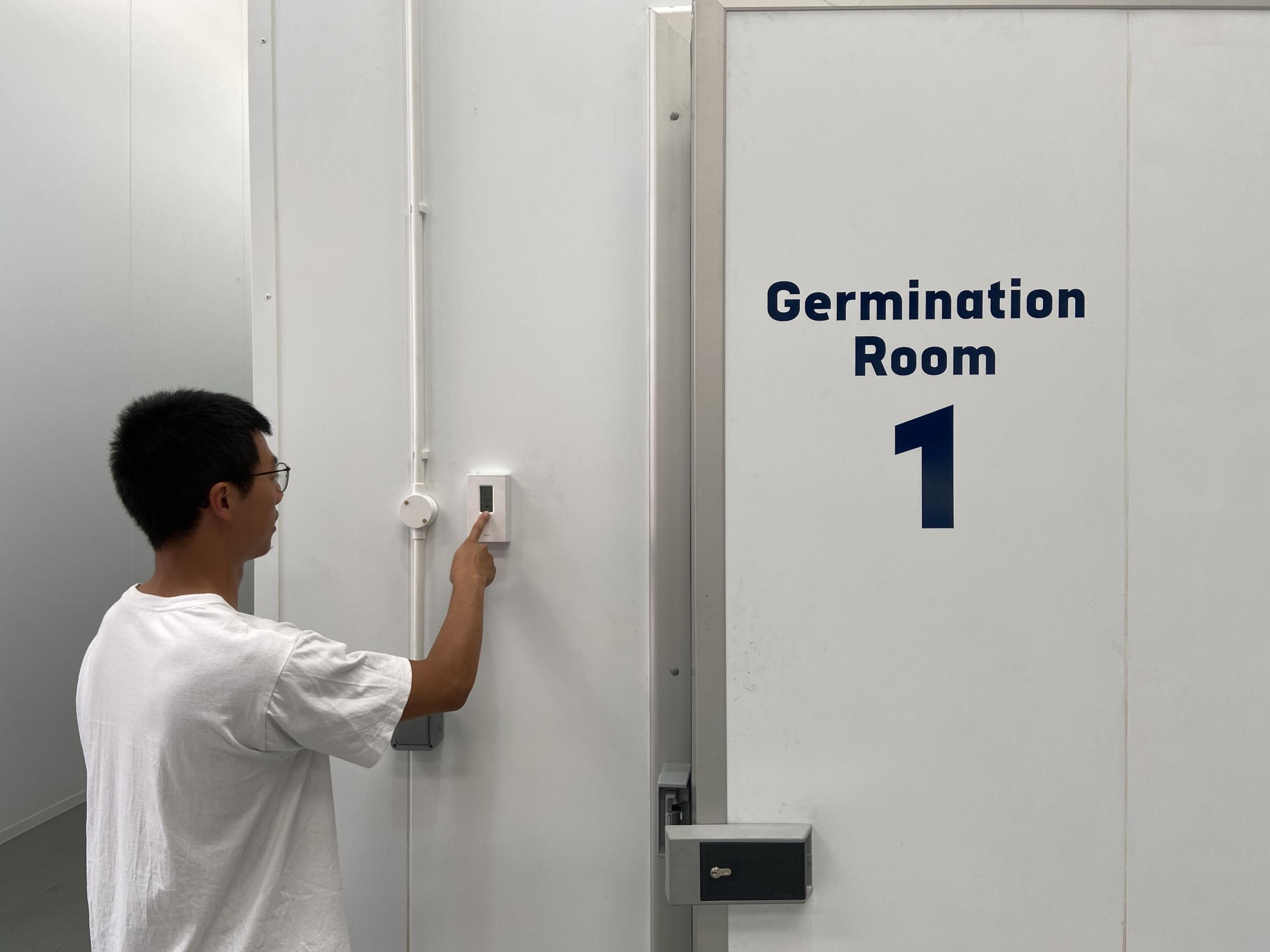
JFC Vaisala Display
Vertical farming
Bringing agricultural production indoors resolves many of the challenges outlined above. For example, crops can be provided with ideal growing conditions, whatever the season, whilst being protected from variations in the weather. Water can be recycled, and pesticides are almost completely unnecessary. With no soil or pesticide contamination, water efficiency is further enhanced by the absence of a requirement for washing.
Traditionally, greenhouses and hydroponics have offered solutions to many agricultural problems, but with urbanisation, and the high cost and low availability of land in urban areas, it is difficult to resolve the food miles challenge.
Vertical farming dramatically reduces the physical footprint of food production, but given the high cost of energy, it is vitally important for the financial sustainability of vertical farming that it operates as efficiently as possible. For this reason, sensors perform a critical role, which is why Vaisala sensors have been deployed in the UK by the Jones Food Company (JFC) in their existing vertical farms, and in the enormous new facility in Lydney (JFC2) that is likely to become one of the largest vertical farms in the world.
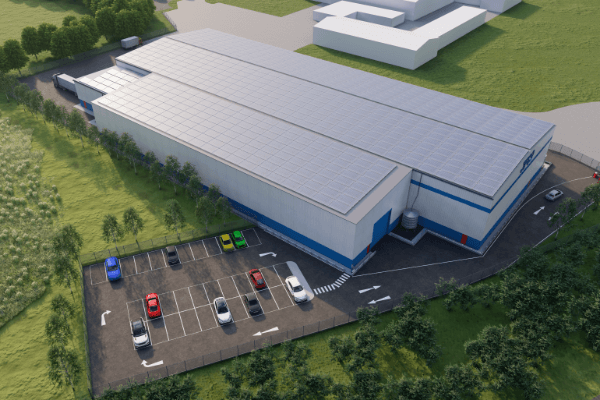
JFC2
Case Study – large commercial vertical farm in the UK: JFC2
JFC was established in 2016 to exploit the advantages of vertical farming to provide fresh local produce all year round. The company’s first commercial vertical farm (JFC1) started production in 2018 with 5,000m2 of growing space and the capacity to produce 150 tonnes per year of fresh produce. JFC2 will be much larger with a growing area of 15,000m2 with a growing capacity of 1000 tonnes per year. The key aspects of the company’s approach that underpin commercial sustainability include:
- Scale – large facilities provide an economy of scale along with the capacity to satisfy large orders.
- Technology – in order to create and maintain ideal growing conditions, it is necessary to implement highly effective monitoring and control systems.
- Re-purposed facilities – rather than incur the high environmental and financial cost of a new-build, JFC has actively sought large redundant buildings. JFC2 for example, was previously a foundry.
- Innovation – a research facility has been established to trial new crops and different growing conditions. Again, accurate monitoring and control is vital.
JFC’s Innovation Centre in Bristol has the capacity to trial ten different crops under different conditions, concurrently. “This is fundamentally important to the success of the business,” explains Justin Au. “When a customer approaches us looking for a specific crop, we are able to rapidly conduct trials to determine the optimal growing conditions for that crop, and at every stage of its development. The monitoring and control system allows us to change both the intensity and spectra of light from the LEDs, as well as the nutrients in the irrigation water, and the temperature, humidity and carbon dioxide levels in the growing rooms.
“Once the optimal conditions have been established for a specific crop, we can be confident that we will be able to grow it at scale, and fulfil the customer’s requirements. Our objective is to drive efficiency so that we can compete with existing on-shelf products but with the substantial sustainability advantages that vertical farming delivers.
“Currently, we are growing herbs such as basil, dill, parsley, coriander, mint and chives; salads such as lettuce, rocket, pak choi, spinach, chard, kale and watercress, as well as other crops such as strawberries. Inevitably, the range of crops that we can grow commercially with vertical farming will continue to expand.”
Water is constantly recycled at all of the JFC facilities with continuous measurements of pH and conductivity helping to ensure the regulation of plant nutrients with dissolved fertilizers. The Vaisala sensors measure temperature, humidity and carbon dioxide; all of which have significant impacts on the growth of plants. “We chose the Vaisala sensors because we need long-term accuracy and reliability, and the control system can only be as good as the sensors, so it makes sense to use the best.” Justin explains.
JFC’s control systems have been designed by Head of Engineering, Christoph Grundmann, who’s past experience includes work in satellite communications with the BBC and Arqiva, and in the design and implementation of power station control systems. The monitoring and control systems at all of JFC’s facilities are working very well, with no significant downtime.
JFC’s Innovation Centre control systems were programmed and commissioned by Luke Grundmann who was particularly impressed with the prompt and proactive support provided by Vaisala engineers to connect and configure their modbus RTU sensors using a generic USB to RS485 converter and freeware software. “The special programming lead had not arrived but even so, the Vaisala engineer skilfully guided me through the process using what I had to hand,” Luke explains.
Christoph utilises Vaisala sensors as standard, following previous experience with them in a grain dryer control system. He says: “At JFC, we are seeking to produce crops as cost-effectively as possible, but it would be a foolish economy to purchase low-cost sensors, because the cost of failure would be high, and the reliability of the Vaisala sensors means that the cost of ownership is low.
“It was also important for the sensors to have MODBUS communications capability, which saved a significant amount of time and money during installation, and means that any future changes will be quick and simple to implement.”
Temperature and humidity at the JFC facilities are controlled by a separate HVAC system, but Christoph says: “The HVAC at JFC1 came with its own sensors, so we have replaced them with Vaisala’s. At JFC2 we will use the Vaisala sensors to check and validate the measurements being made by the HVAC system, and intervene if necessary.”
The first harvest for JFC2 is due in the summer of 2023, and with 15 layers, every acre becomes 15 times more productive. The roof of the new facility is entirely covered with solar panels, and 100% of energy will come from renewable sources. Rainwater will be harvested and filtered, and almost 95% of water will be recycled.
In order to maximise the efficiency of growing conditions in JFC2, the entire facility will be monitored by a network of Vaisala sensors including: 46 RH/Temp sensors; 12 CO2 sensors; 10 Temp/RH/CO2 sensors; 2 atmospheric pressure sensors, and a Vaisala WXT 530 series multiparameter weather station.
Commenting on the monitoring system, Vaisala’s Antti Viitanen says: “The accuracy and reliability of these sensors will be crucial to the efficiency of the ongoing demand-controlled management of plant growth conditions, because accurate measurements help maximise crop production, whilst avoiding waste and minimising costs.”
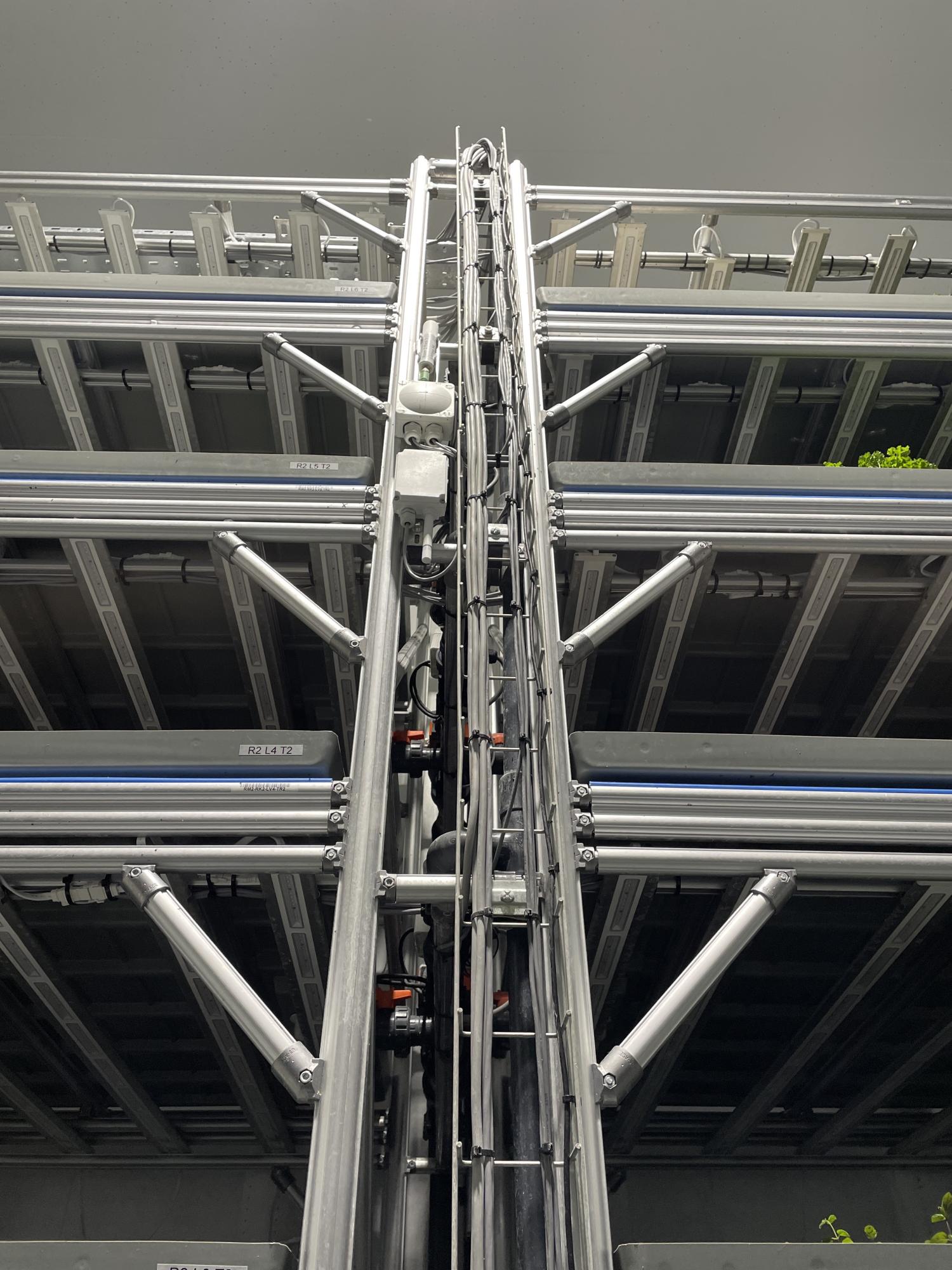
Upper level Vaisala CO2 (above) and RHTemp sensor (below)
Summary
The principal advantages of vertical farming over traditional methods almost all relate to sustainability. Soil and biodiversity are unharmed; greenhouse gas emissions are substantially lower; water efficiency is dramatically improved with no unnecessary evapotranspiration, borehole depletion or leaching. Space is used efficiently to accommodate an urban setting where necessary, and to lower food miles. Importantly, fresh produce can be available on any day of the year, no matter what the weather or season. However, escalating food production costs mean that the success of new vertical farms will hinge on their ability to monitor and control inputs effectively, which is why sensor quality is so important.
Looking forward, Christoph plans to further enhance JFC’s sustainability credentials with initiatives such as utilising CO2 from anaerobic digestion, and employing compostable growing media that could undergo anaerobic digestion. He is also evaluating the calculated dew point output of the Vaisala sensors to determine whether this would be a smarter way to control the HVAC systems. In addition, with the help of Vaisala’s experts, he is looking at enthalpy measurements for the inside and outside environments to determine the most efficient HVAC re-circulation (fresh air ratio).
Header Photo: Antti Viitanen from Vaisala
More news
